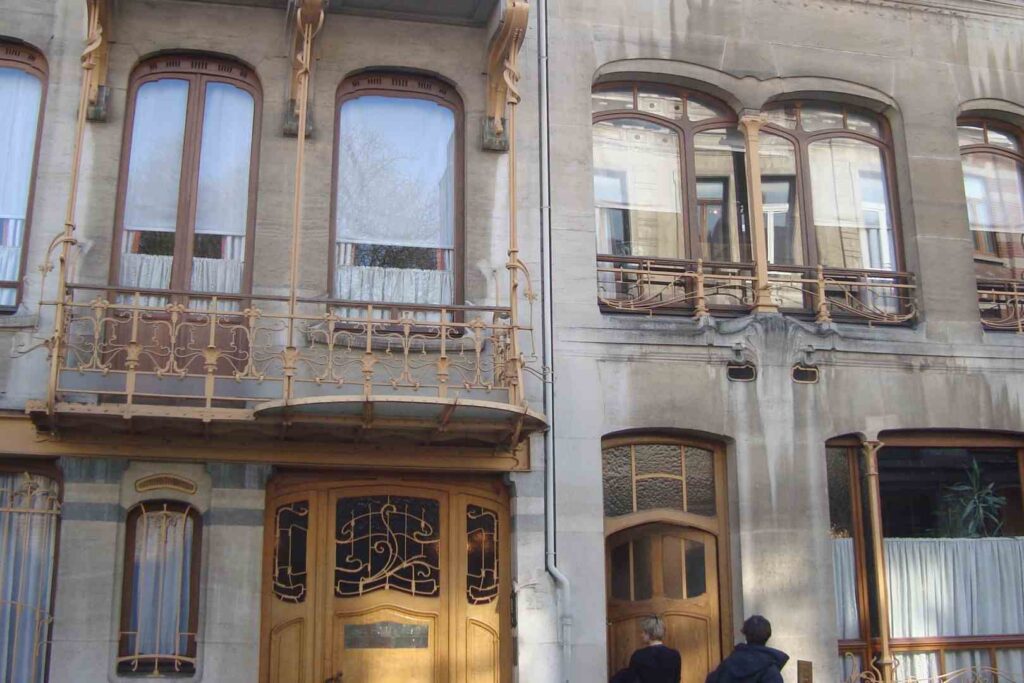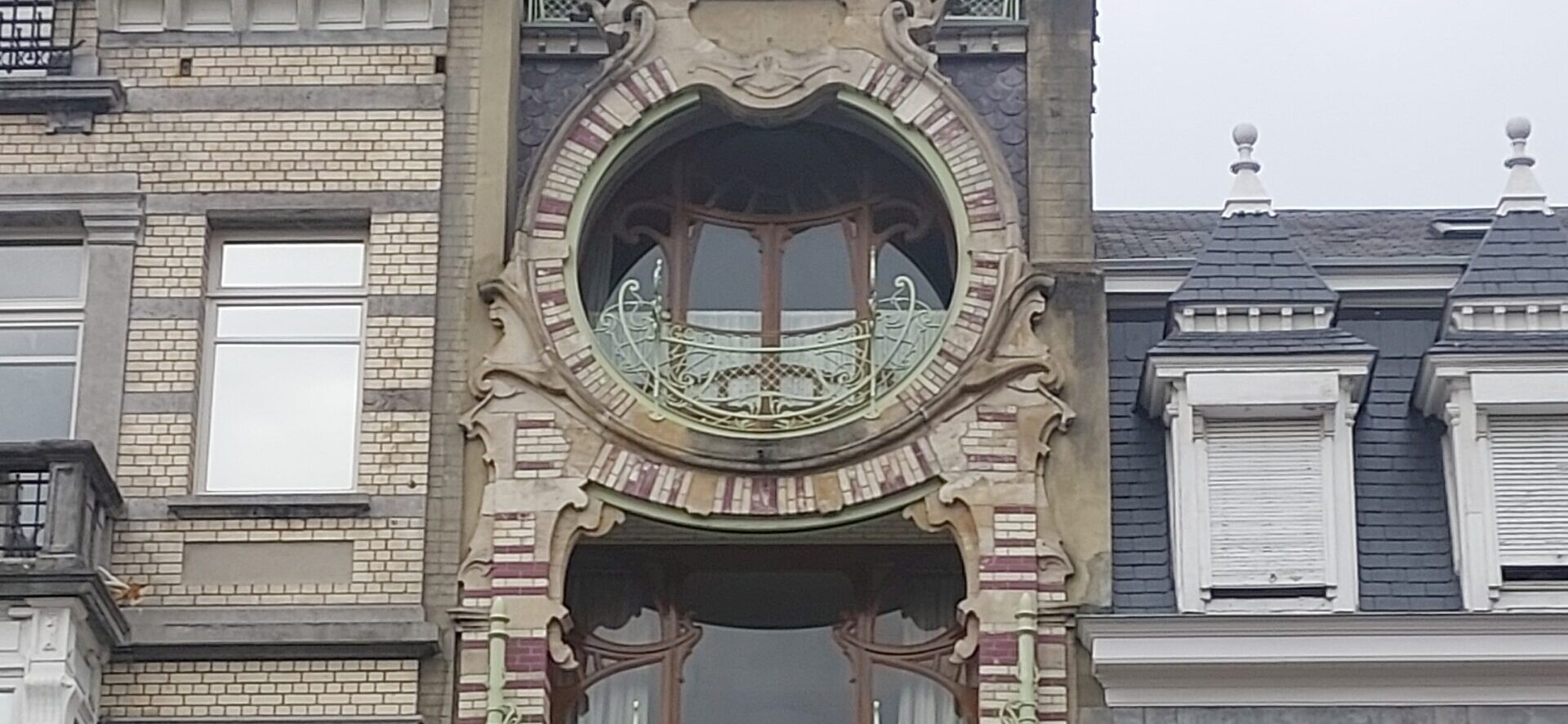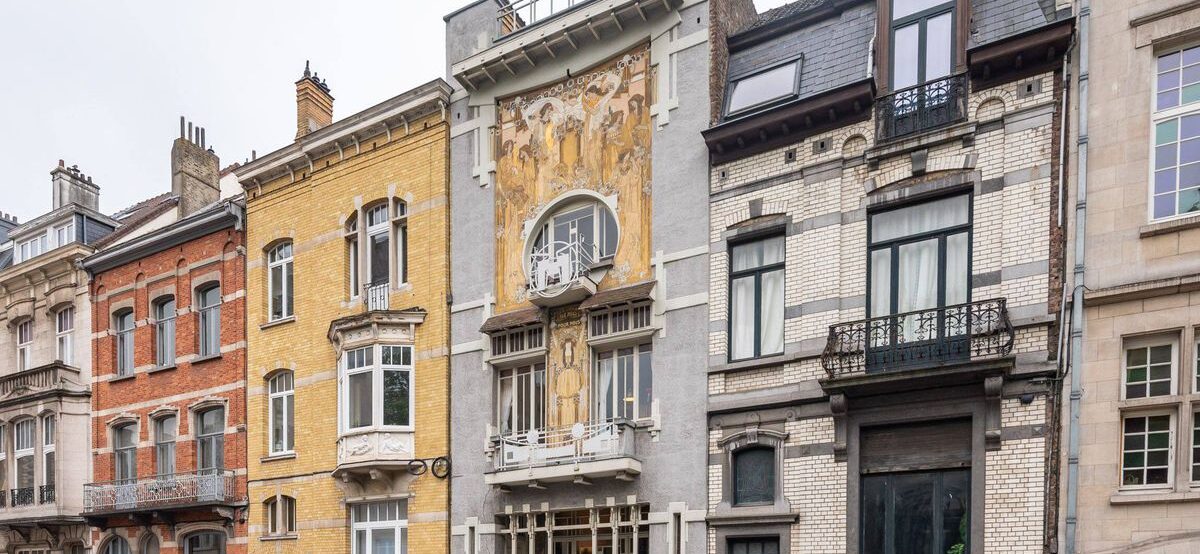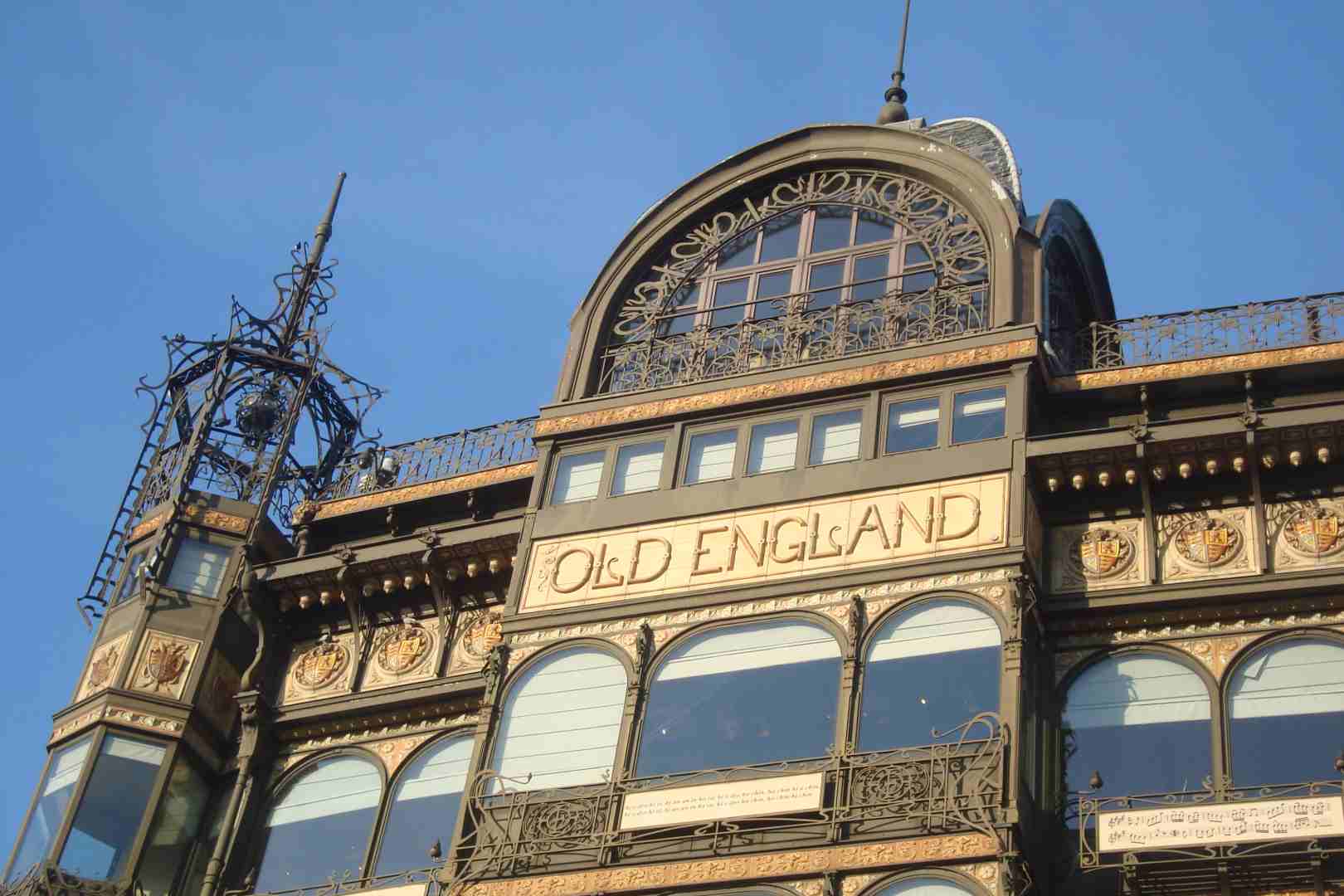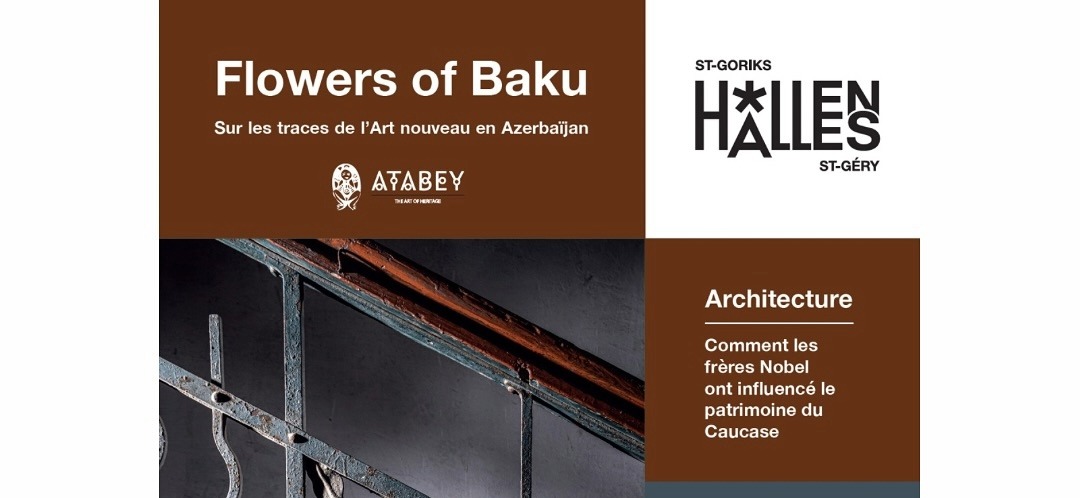In March 2025, Brussels will host the ninth edition of the Brussels Art Nouveau & Art Deco (BANAD) Festival, celebrating the centenary of the 1925 International Exhibition of Modern Decorative and Industrial Arts held in Paris. Scheduled over three weekends—March 15-16, 22-23, and 29-30—the festival will showcase approximately 60 interiors, including places of worship, museums, artists’ studios, and private homes, with some opening to the public for the first time. Notable sites include the Averbouch, Van Eycken, and Slagmolder houses, the former Electrorail headquarters, and the Orthodox Synagogue of Anderlecht. The event also features thematic walking and cycling tours, lectures, family-friendly programs, an object fair, and a salon for restorers and experts. Tickets are available from February 4 at www.banad.brussels, with the full program announced on January 15.
Brussels holds a significant place in the history of both Art Nouveau and Art Deco. Art Nouveau, which emerged in the late 19th century, is characterized by flowing, organic lines and natural motifs. In contrast, Art Deco, which gained prominence in the 1920s, emphasizes geometric shapes, symmetry, and a sleek, modern aesthetic. The city is home to numerous architectural masterpieces from both movements, reflecting its rich artistic heritage.
For those seeking an in-depth exploration of Brussels’ Art Nouveau treasures, the Art Nouveau Club offers exclusive private tours. These tours provide a comprehensive look at the city’s architectural marvels, guided by experts well-versed in the nuances of the style. Participants can expect to visit iconic sites and gain insights into the historical context and design elements that define Art Nouveau in Brussels.
Understanding the distinctions between Art Nouveau and Art Deco enhances the appreciation of each style’s unique contributions to art and architecture. While Art Nouveau focuses on organic, flowing forms inspired by nature, Art Deco is characterized by its emphasis on geometric shapes and a more streamlined, industrial aesthetic. This contrast reflects broader cultural shifts from the handcrafted intricacies of the late 19th century to the machine-age optimism of the early 20th century.
Despite its enduring appeal, Art Deco has faced criticism over the years. Some argue that its emphasis on aesthetics over function led to designs that, while visually striking, were often impractical. Others contend that Art Deco’s association with luxury and glamour made it inaccessible to the broader public, reflecting and reinforcing social and economic inequalities. Additionally, the style’s embrace of industrialization and mass production has been viewed by some as contributing to a dehumanizing, machine-like aesthetic.
For a deeper dive into the elegance and design principles of Art Deco, the article “Art Deco: A Journey Through Design and Elegance” offers valuable insights. It explores the movement’s origins, key characteristics, and its lasting impact on various forms of art and architecture. This resource is particularly useful for those looking to understand the cultural and historical context that shaped Art Deco’s development and its enduring legacy in the design world.
Comparing the leading artists of both movements provides further insight into their distinct aesthetics. Art Nouveau artists like Alphonse Mucha and Antoni Gaudí are renowned for their intricate, nature-inspired designs, while Art Deco figures such as Tamara de Lempicka and Jean Dupas are celebrated for their sleek, geometric compositions. Examining their works highlights the evolution of artistic expression from the organic forms of Art Nouveau to the streamlined modernity of Art Deco.
The BANAD Festival offers a unique opportunity to immerse oneself in the rich tapestry of Art Nouveau and Art Deco that defines Brussels’ architectural landscape. Whether through guided tours, lectures, or private explorations, participants can gain a deeper appreciation for these influential movements and their enduring impact on the city’s cultural heritage. If you visit Brussels at any time of the year, remember that the best private guides in the city, on the topics of art deco and art nouveau, are to be found HERE. Our most popular private tour in the capital of Belgium often includes art deco as one of the topics to comment, as we like to comment on the importance of both art nouveau and art deco in the city history.

